Emergence of 5G Technology
The Chip Packaging Market is significantly impacted by the emergence of 5G technology. As telecommunications infrastructure evolves to support higher data rates and lower latency, the demand for advanced chip packaging solutions is expected to rise. In 2025, the 5G market is projected to reach over 700 billion dollars, creating a substantial opportunity for chip packaging innovations. These innovations must address the unique challenges posed by 5G, such as increased frequency and thermal management requirements. Therefore, the Chip Packaging Market is likely to focus on developing packaging solutions that enhance signal integrity and thermal performance, thereby playing a crucial role in the successful deployment of 5G networks.
Growing Focus on Automotive Electronics
The Chip Packaging Market is increasingly shaped by the growing focus on automotive electronics. With the automotive sector undergoing a transformation towards electrification and automation, the demand for reliable and efficient chip packaging solutions is escalating. In 2025, the automotive electronics market is anticipated to surpass 300 billion dollars, highlighting the critical role of chip packaging in this evolution. Manufacturers are likely to seek packaging solutions that can withstand harsh automotive environments while ensuring optimal performance. As a result, the Chip Packaging Market is expected to innovate in areas such as encapsulation techniques and materials that enhance durability and reliability in automotive applications.
Advancements in Semiconductor Technology
The Chip Packaging Market is poised for growth due to ongoing advancements in semiconductor technology. As semiconductor manufacturers strive for higher performance and lower power consumption, the demand for sophisticated chip packaging solutions becomes paramount. In 2025, the semiconductor market is projected to reach approximately 600 billion dollars, with a significant portion attributed to packaging innovations. These advancements may include the integration of 3D packaging techniques and the use of advanced materials that enhance thermal management. Consequently, the Chip Packaging Market is likely to evolve, focusing on solutions that not only meet the technical specifications of modern semiconductors but also address the challenges of miniaturization and efficiency.
Increasing Demand for Consumer Electronics
The Chip Packaging Market is experiencing a surge in demand driven by the proliferation of consumer electronics. As devices such as smartphones, tablets, and wearables become ubiquitous, the need for efficient and compact chip packaging solutions intensifies. In 2025, the consumer electronics sector is projected to account for a substantial share of the overall chip packaging market, with estimates suggesting a growth rate of approximately 6% annually. This trend indicates that manufacturers are increasingly seeking innovative packaging technologies that can enhance performance while minimizing size. Consequently, the Chip Packaging Market is likely to witness advancements in materials and designs that cater to the evolving needs of electronic devices, thereby fostering a competitive landscape.
Rise of Internet of Things (IoT) Applications
The Chip Packaging Market is significantly influenced by the rapid expansion of Internet of Things (IoT) applications. As more devices become interconnected, the demand for specialized chip packaging solutions that can support diverse functionalities is on the rise. In 2025, the IoT market is expected to reach a valuation exceeding 1 trillion dollars, which will inevitably drive the need for advanced chip packaging technologies. These technologies must accommodate the unique requirements of IoT devices, such as low power consumption and enhanced durability. Therefore, the Chip Packaging Market is likely to adapt by developing innovative packaging methods that ensure reliability and efficiency in IoT applications, thus positioning itself as a critical component in the broader technology ecosystem.

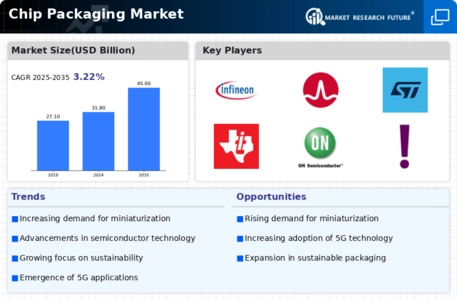
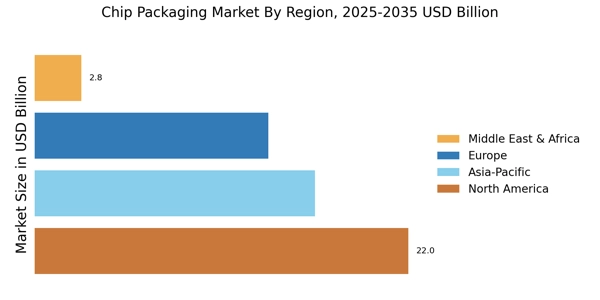
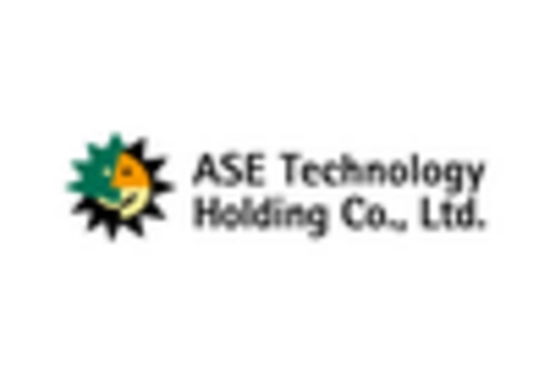
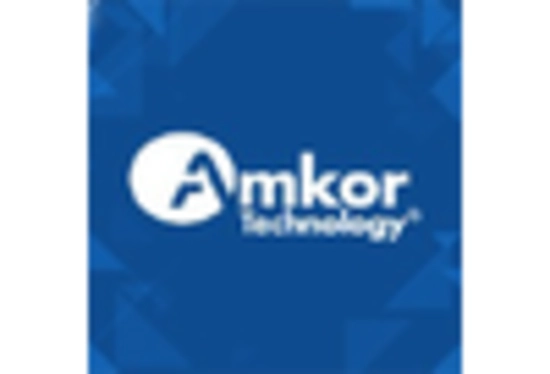
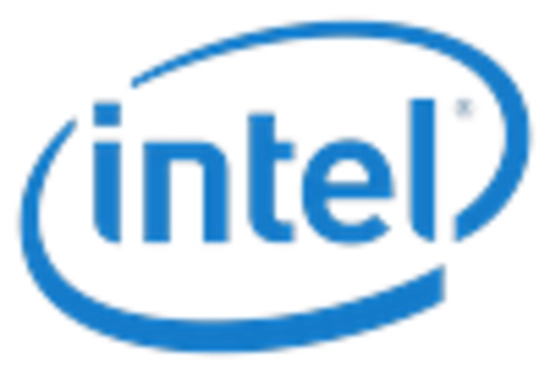


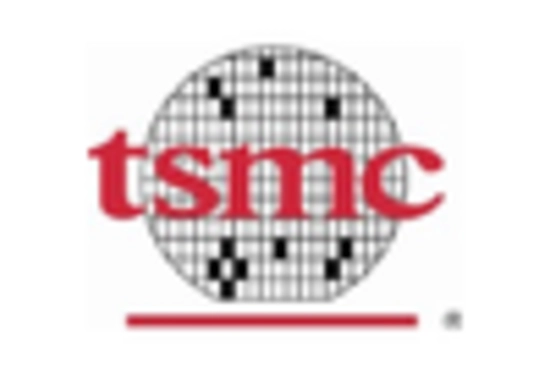








Leave a Comment